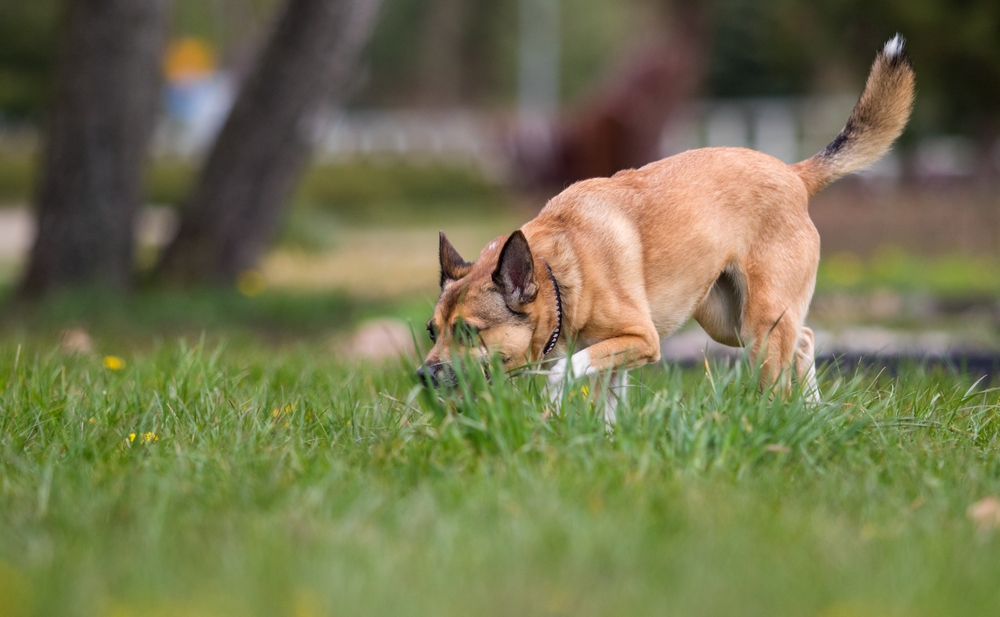Remarkable Canine Noses: The Science of Smell in Dogs
Ever pause to marvel at your dog's uncanny ability to sniff out the tiniest crumb or the faintest scent? This article delves into the intriguing world of canine olfaction, exploring the science of dog smell, its evolution, and its profound impact on dog-human relationships.

The Fascinating World of Canine Olfaction
Canine olfaction is a fascinating field of study. Dogs are renowned for their extraordinary sense of smell, which is significantly more developed than that of humans. Scientific research suggests that the canine olfactory system is between 10,000 to 100,000 times as sensitive as ours. This superpower has evolved over thousands of years, with early canines relying on their acute sense of smell for hunting and survival.
Unleashing the Power of Canine Noses
In modern times, this powerful canine ability has found many applications. Dogs are trained to detect drugs, explosives, and even diseases such as cancer, demonstrating the astounding versatility of their noses. The training procedures often involve scent imprinting and positive reinforcement techniques, helping dogs to utilize their olfaction capabilities to their maximum potential.
The Science Behind the Sniff
The science behind canine olfaction is complex and fascinating. Dogs possess up to 300 million olfactory receptors in their noses, compared to about six million in humans. Moreover, the part of a dog’s brain that is devoted to analyzing smells is, proportionally speaking, 40 times greater than ours. This explains their extraordinary sensitivity to odors and their ability to distinguish between a vast array of different scents.
The Impact on the Dog-Human Bond
The canine sense of smell also plays a vital role in the dog-human bond. Dogs can detect changes in human scent, which is why your pet might act differently when you’re ill or stressed. This understanding has led to the development of therapy dogs that can provide comfort and support in various settings, including hospitals, schools, and disaster relief areas.
The Future of Canine Olfaction Research
The field of canine olfaction research is ever-evolving, with new discoveries and applications being made regularly. Recent studies have shown that dogs can even be trained to detect COVID-19, thanks to their exceptional sense of smell. This promising development could provide a non-invasive, efficient method of mass virus detection, demonstrating once again the remarkable abilities of our canine companions.
In conclusion, the world of canine olfaction is an intriguing avenue of exploration. It underscores the profound capabilities of dogs, their integral role in human society, and the boundless potential they offer for future scientific discovery.





